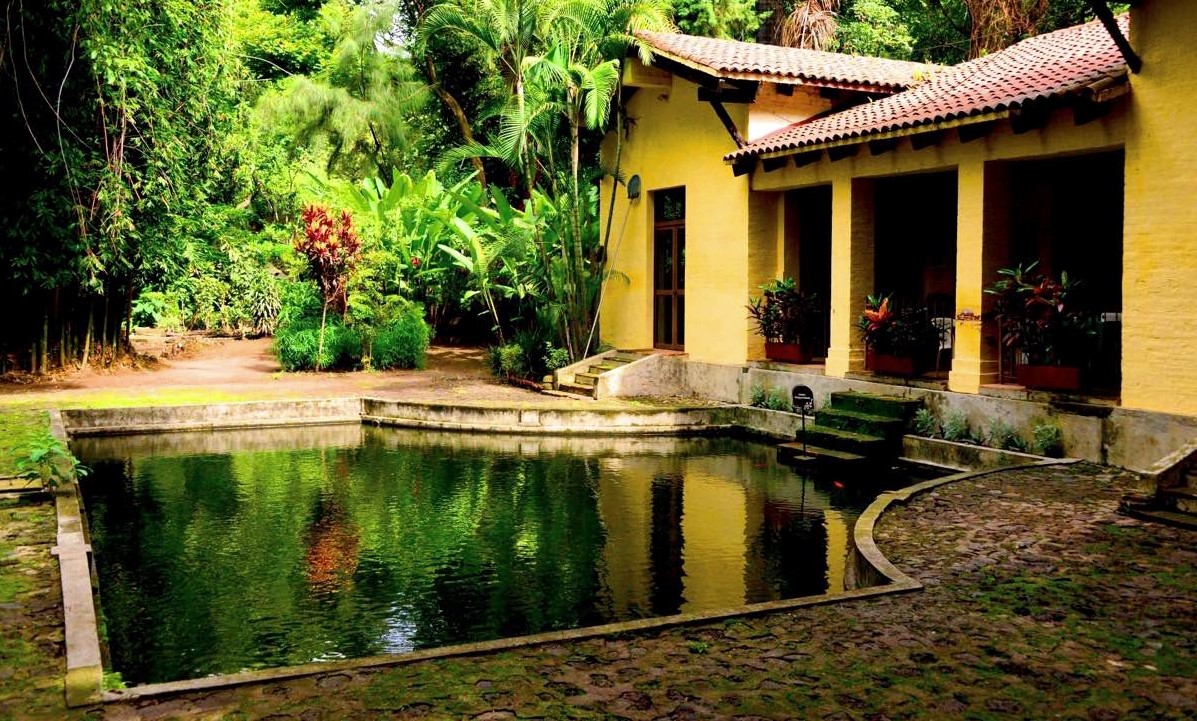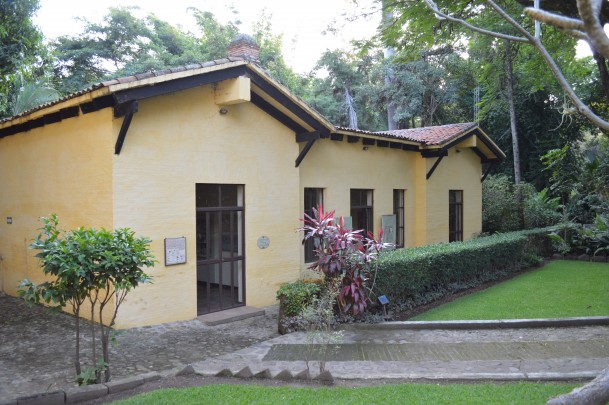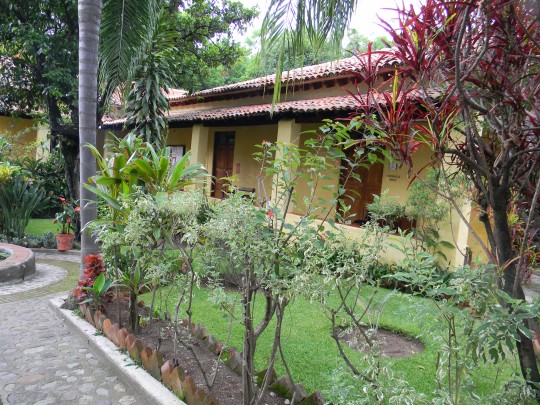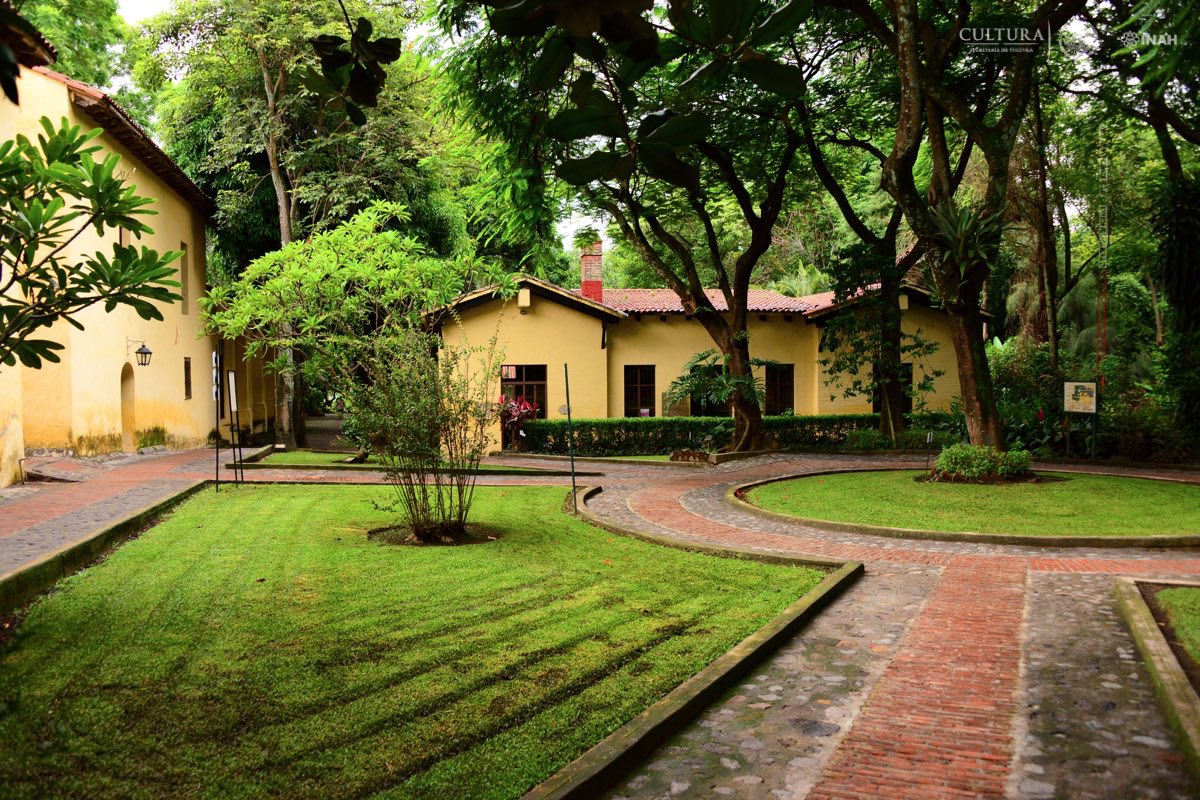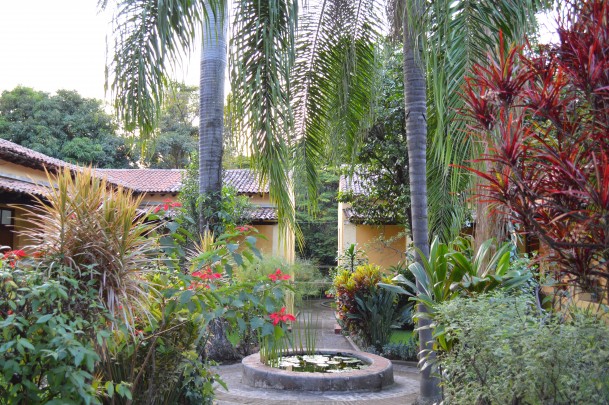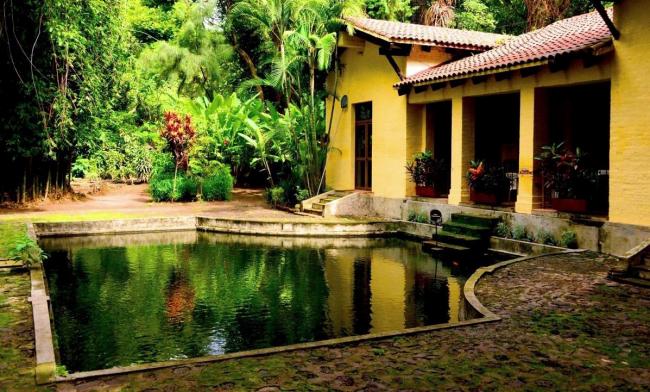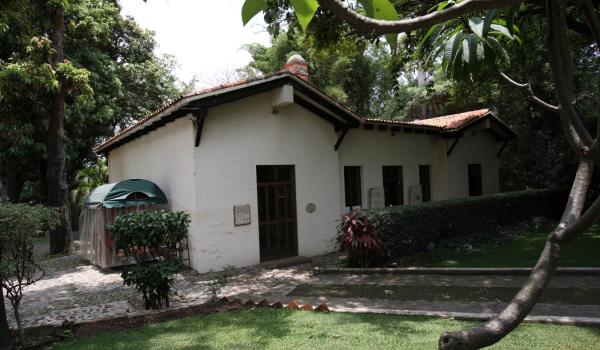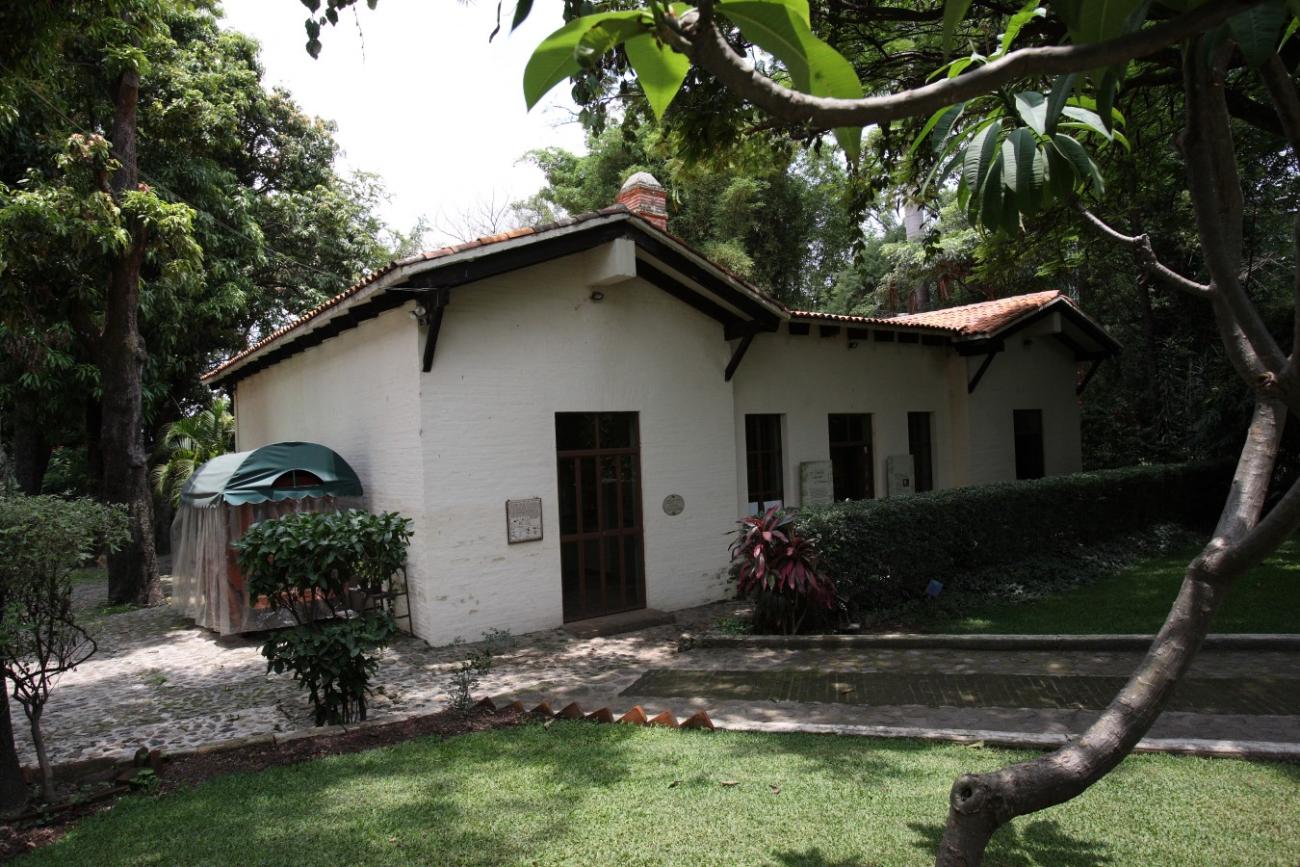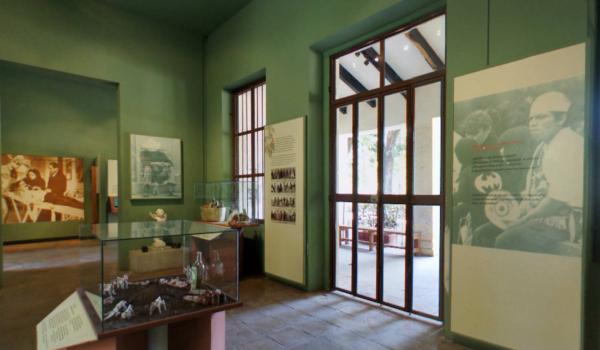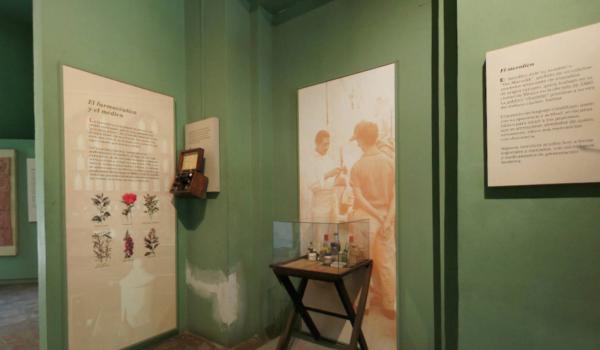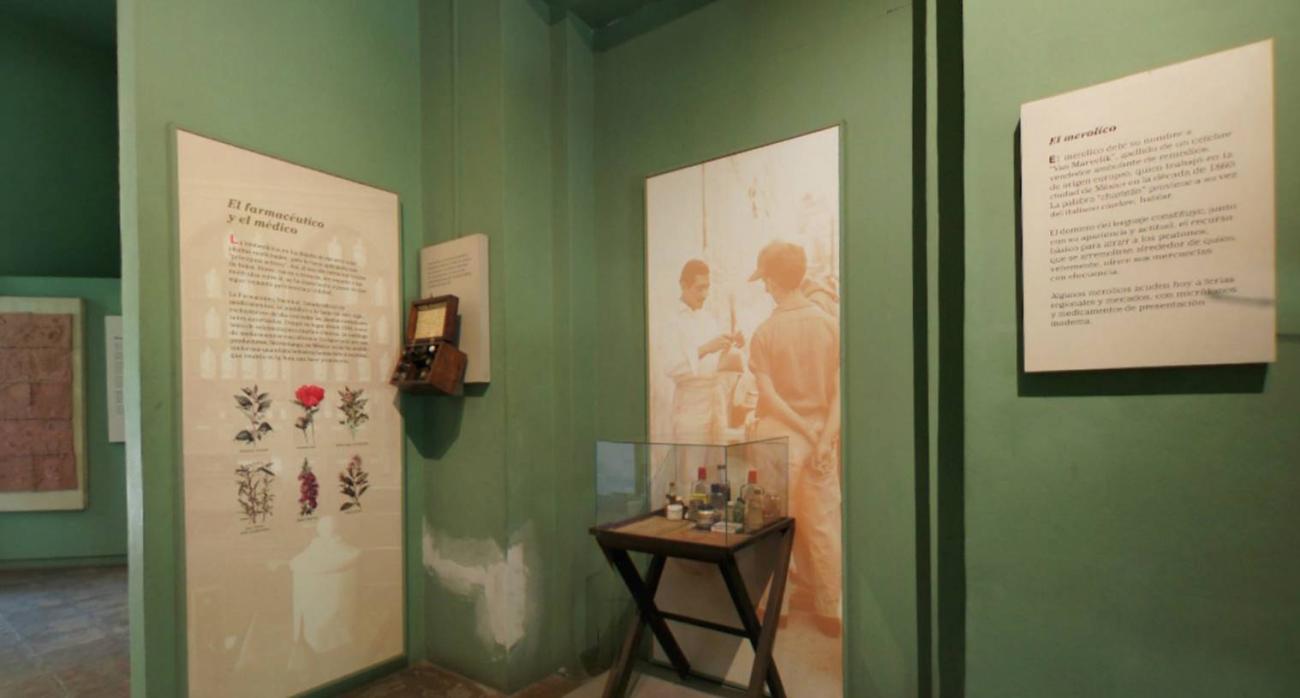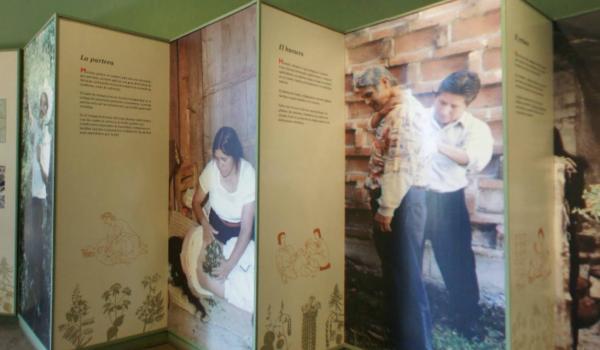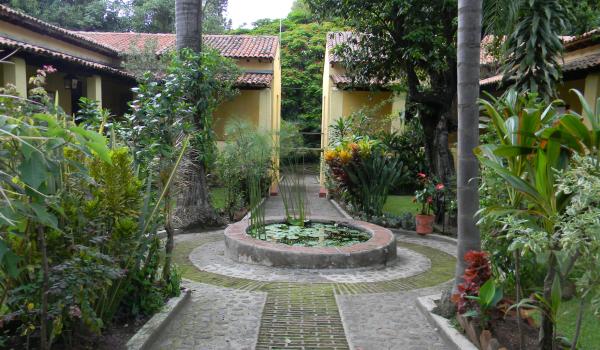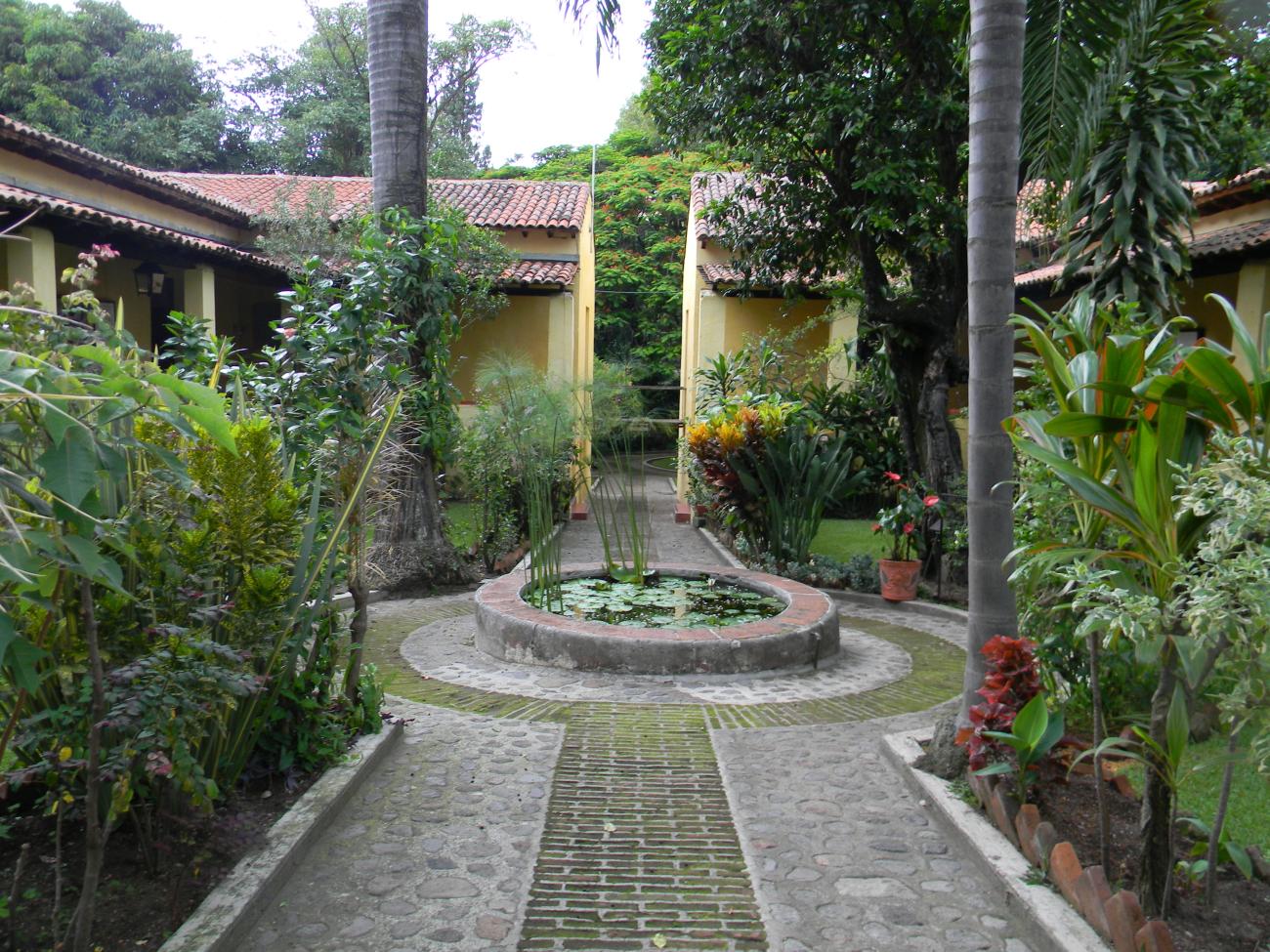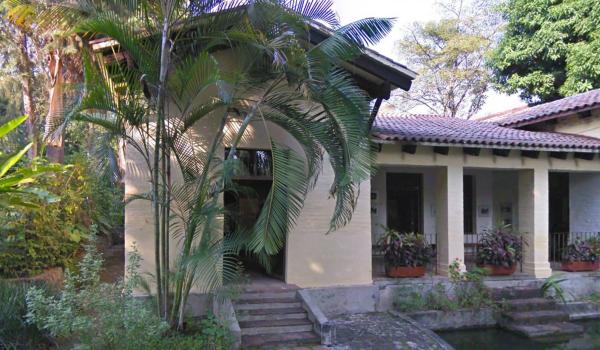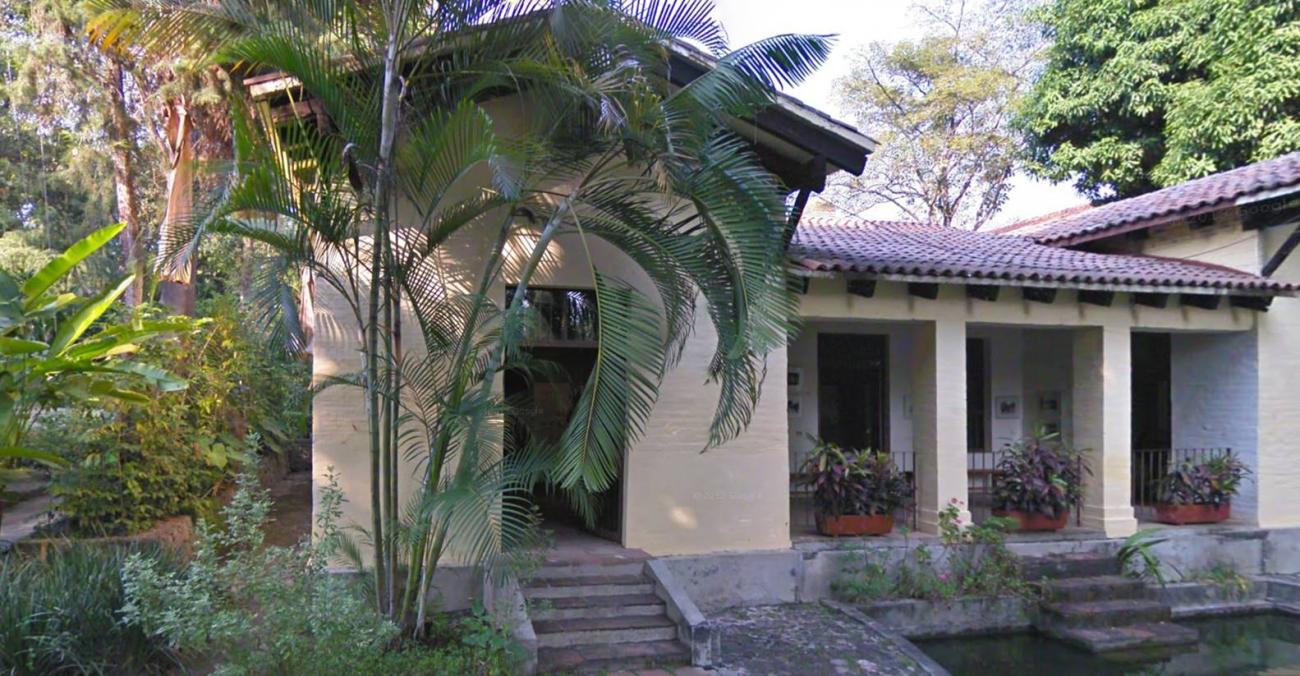This living museum reflects the biological and cultural diversity of Mexico. Its origins go back to 1976 when the anthropologist Bernardo Baytelman carried out his pioneering research rescuing folk knowledge on the use and application of plants in traditional medicine in the state of Morelos. He was specifically concerned with techniques such as the preparation of syrups, salves and creams, tinctures, soaps and ingesting small doses and traditional childbirth. The national medicinal plant collection of the Mexican Association of Botanical Gardens has been carefully classified. The Association decided to house it here on the ten-acre Villa de Olindo property, which used to be the Villa de Acapatzingo (nowadays the name of one of the districts of Cuernavaca), the country house built for Maximilian of Hapsburg in 1865.
After viewing the introductory gallery, we enter the permanent exhibition which gives the historical background to the species recorded from the sixteenth century in the codices up to present-day research into traditional medicine and ethnobotany. This area provides information on traditional plant and herbal remedies, which were not only used in the pre-Hispanic and viceregal periods, but are still used today in some rural and urban populations in Mexico. Treatments include: massages, manteadas (a technique used by midwives using a rebozo, or scarf), temazcals (a healing sauna), cupping and cleaning, cures for indigestion, flatulence, babies’ rashes, hemorrhages, shortness of breath, faintness, poor circulation and for problems of the mouth, skin and digestion.
The museum ends with a tour of the living “museum,” the biggest national plant collection in Mexico and genuine proof of its biological and cultural diversity. The collection consists of hundreds of species with ritual, ornamental, nutritional and of course medicinal use such as orchids, xerophytes (cactus), low deciduous species, native and introduced species, and many more. The collection is also useful for research, conservation, teaching and disseminating traditional medicine practices.







